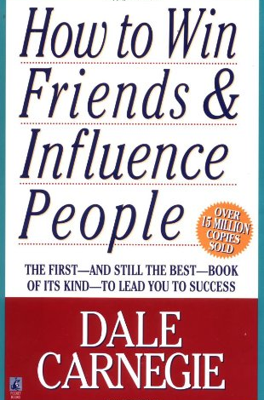Making People Glad to Do What You Want
Key Concepts
Encouraging Desired Actions: Highlighting the advantages of conducting certain actions can make others more receptive and willing to perform them. Leaders, statesmen, or managers can thus subtly guide people to perform tasks by aligning them with clear personal or collective benefits.
Effective Leadership Approach: Woodrow Wilson and other prominent figures enhanced cooperation and acceptance of their requests by making others feel important and personally benefited by their actions. However, failure to employ this strategy effectively, as in Wilson's handling of the League of Nations, can lead to significant political and personal costs.
Creative Solutions in Management and Influence: By assigning titles, responsibilities, or presenting tasks as beneficial opportunities, you can transform reluctance into enthusiasm and commitment. This method was effectively utilized in various scenarios from managing children's chores to handling trespassers on property.
Practical Advice
Clarity in Communication: Clearly articulate what you want the other person to do. Ensure the instructions or requests are straightforward and understood.
Emphasize Mutual Benefits: Convey how an action is beneficial not just for you or the organization, but for the individual as well. This dual focus increases cooperation and positive responses.
Strategic Framing: Present tasks in a way that highlights their eventual necessity or benefit. This can reduce reluctance and promote a more proactive approach to tasks or challenges.
Examples from the Chapter
Colonel Edward M. House's Handling of William Jennings Bryan: Managed potential disappointment by subtly implying that Bryan's high profile could detract from the peace mission’s discreet nature, making him feel overly qualified rather than sidelined.
Woodrow Wilson's Invitation to William Gibbs McAdoo: Made an offer for a cabinet position seem like an honor that would benefit Wilson, thereby doubling its appeal to McAdoo.
Dale O. Ferrier's Parental Strategy: Used a financial incentive coupled with a penalty for oversight to motivate thorough completion of chores by his son, turning a disliked task into a more engaged activity.
Gunter Schmidt's Management Tactic: Enhanced an employee's performance by giving her a supervisory role, which improved her responsibility and attentiveness to duties.
Mrs. Ernest Gent's Creative Problem-Solving: Transformed a troublemaker into a protector of her property by giving him a role of authority, effectively stopping the trespassing problem.
Principle to Follow
- Principle 9: Make the other person happy about doing the thing you suggest. This principle is crucial for effective leadership and influence, ensuring that requests are met with enthusiasm rather than reluctance.
